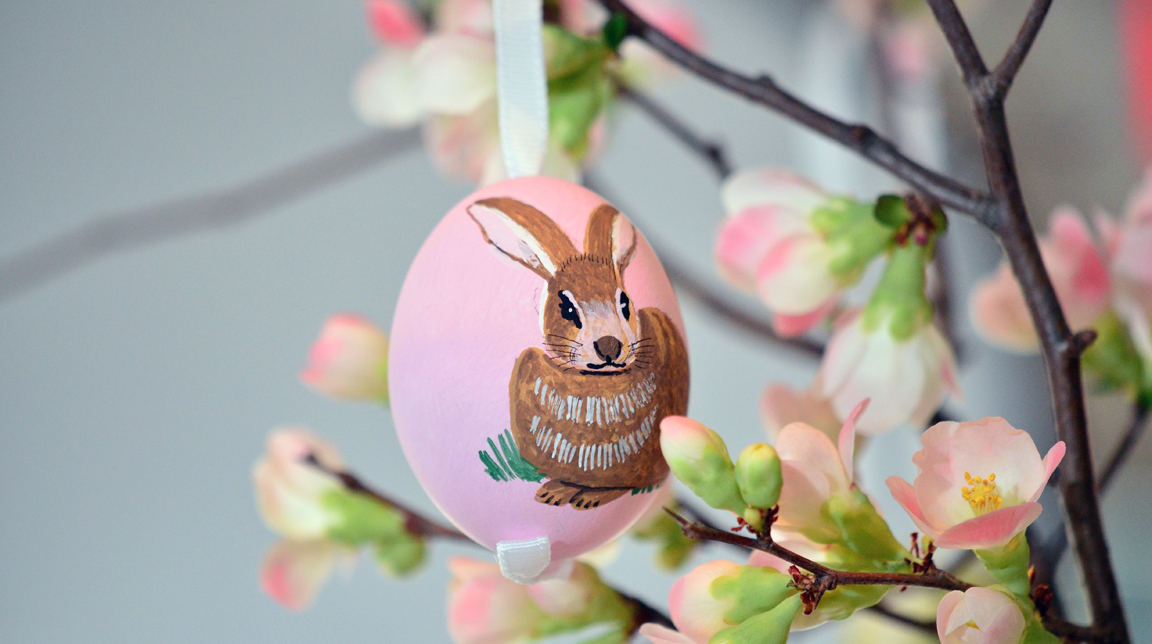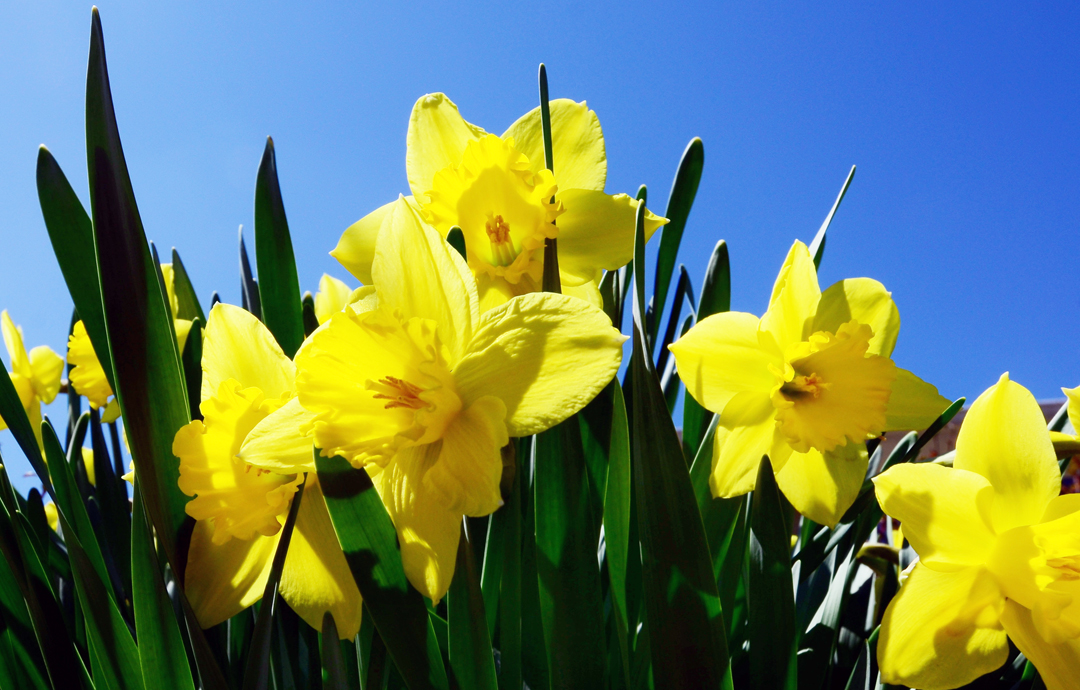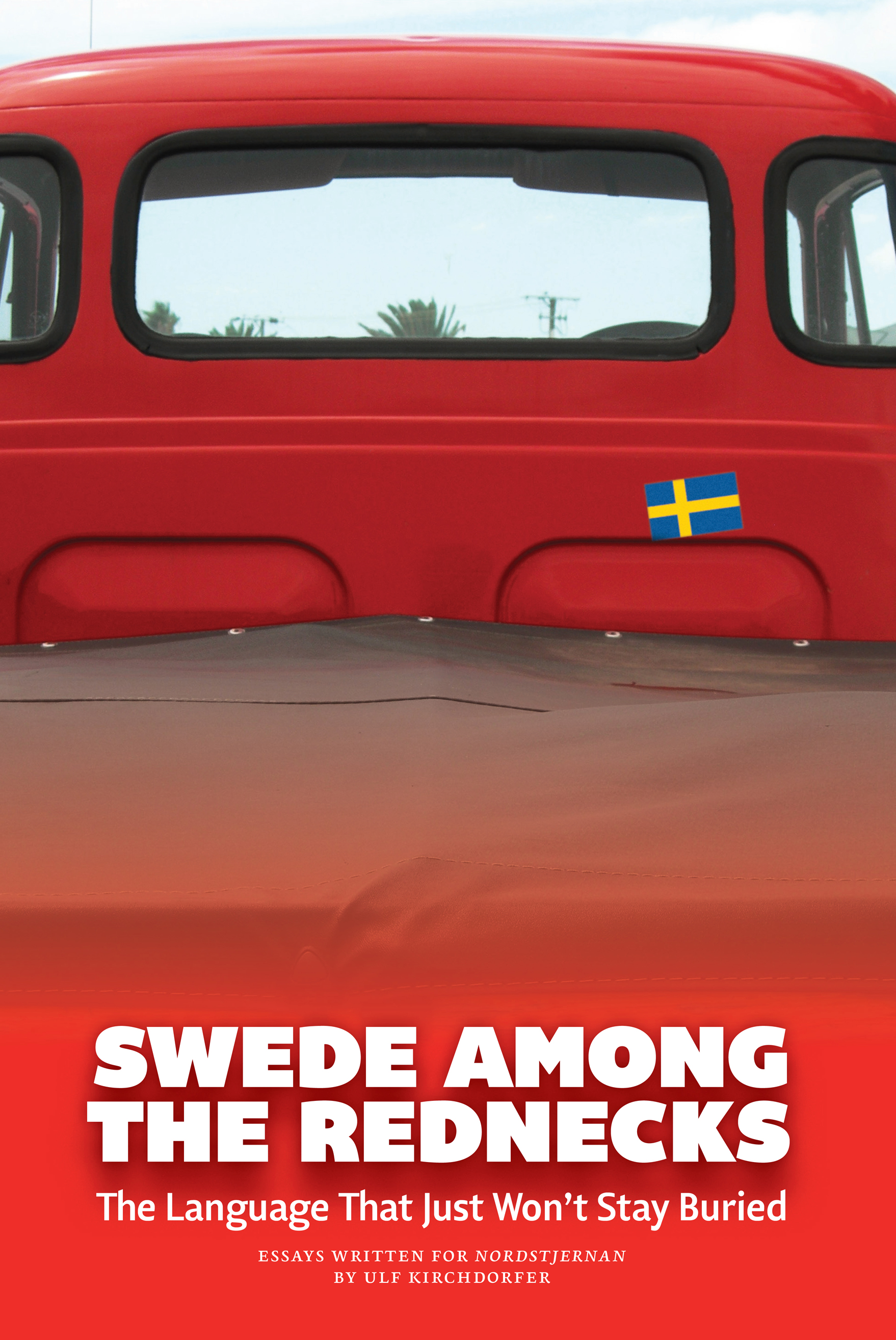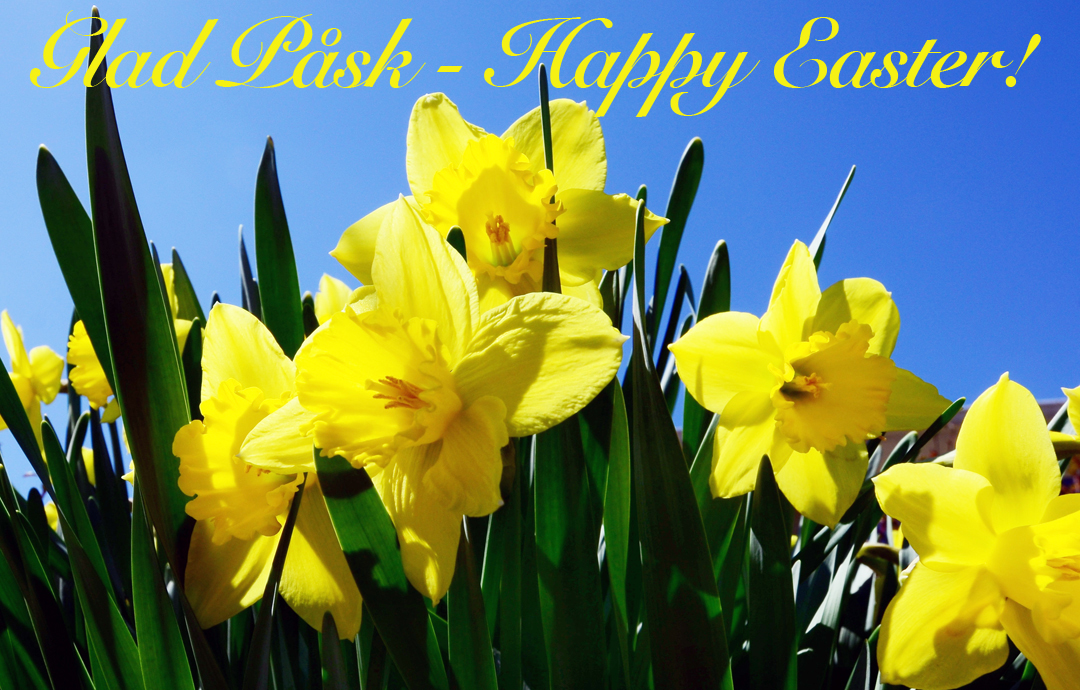Preparing for Easter
The holy days before Easter have a unique history in Sweden.
-
 Easter, a time to enjoy time with family and friends in Sweden. Image supplied by Connecticut’s www. scandinavianbutik.com. Remember to support your local store—you’ll find several of the specialty stores on the pages of Nordstjernan. Photo: Michael Beresford
Easter, a time to enjoy time with family and friends in Sweden. Image supplied by Connecticut’s www. scandinavianbutik.com. Remember to support your local store—you’ll find several of the specialty stores on the pages of Nordstjernan. Photo: Michael Beresford -
-
According to the old Swedish customs, the special days of Easter are almost over as we reach Easter Sunday, the one important day for most Americans.
During Holy Week, many people in Sweden leave their jobs early on Wednesday or Thursday or take off that entire week before Easter. Swedes keep celebrating as Påskdagen [Easter Day] comes around, but there's one more holiday on Monday, "the second day of Easter," in Swedish called Annandag Påsk.
Here, below you'll find a comprehensive list of the different days of the Swedish Easter almanac:
More on A Swedish Easter: The symbols, the food, the traditions. Recipes: Cold poached salmon, herb garden sauce, dill, lemon and asparagus. or Salmon pudding with melted butter and green peas -
 Daffodils, "påskliljor" (Easter lillies) in Swedish. Photo: Michael Beresford
Daffodils, "påskliljor" (Easter lillies) in Swedish. Photo: Michael Beresford -
-
Palmsöndag
Palm Sunday opens Holy Week in memory of Christ’s entrance to Jerusalem on a donkey when people spread palm leaves on the ground. Years ago it was difficult to get palm leaves in Sweden, so pussy willow was used instead. And today pussy willow is still used as an Easter decoration. -
 Ulf Kirchdorfer's book, "Swede Among the Rednecks" - available at <a href="http://tinyurl.com/ztt7kbr" target="_blank">“Amazon”</a> or through Nordstjernan, 1.800.827.9333
Ulf Kirchdorfer's book, "Swede Among the Rednecks" - available at <a href="http://tinyurl.com/ztt7kbr" target="_blank">“Amazon”</a> or through Nordstjernan, 1.800.827.9333 -
Svarta måndag
In the old days this day was called Black Monday because it was the day when chimneys were swept. -

-
Vita tisdag
Tuesday was called White Tuesday because the chimneys had been cleaned and were nice and white. -
Dymmelonsdag
Exactly why it is called “dymmel” and what a “dymmel" is remains unclear. But on the Wednesday of Holy Week everybody had to be quiet to observe Easter, and a little wooden clapper was put on all the bells of the churches. Such a thing is called a “dymbil” and perhaps that’s why it is called “dymmelonsdag.” Also, the old Nordic word for quiet is “dumb” and it might derive from that. -
Skärtorsdag
Maundy Thursday in Swedish is called "Skärtorsdag" but has nothing to do with the Swedish color for pink (skär). In this case “skär” is an old word for cleansing and cleaning as Jesus washed the feet of his apostles. Skärtorsdagen is also the day of the Last Supper. It was a dangerous day to be out, because the old spirits had been let loose (when Judas Iscariot betrayed Jesus). Skärtorsdag’s night was the time to get engaged with the devil. He usually appeared at road crossings, and you could sign a contract with him that in exchange for riches, he would get your soul. Contracts like these have actually been found; the people who signed them were executed. -
Långfredag
Good Friday was of course the day Jesus was crucified. As you can hear in the Swedish word for the day, it was a long (lång) day, and painful. In remembrance of Jesus, fasting was especially important this day, and it has been a holiday in Sweden since the 17th century. Until 1969, public entertainment was prohibited on this day in Sweden. Everything was closed, including movie theaters and restaurants. -
Påskafton
In Sweden “påskafton” is the Christmas Eve of Easter, a day for feasting and eating. After a week of fasting and seriousness, it is time for “påsksmällare” (Easter crackers) and “påskeldar” (Easter fires). This was also the day for the “påskkärringar”(Easter witches) to return from Blåkulla. Not too long ago, Swedes would write “påskkort” (Easter cards) to each other, and children would make drawings of witches, chickens and eggs along with a little verse. This tradition has been rapidly disappearing. -
Påskdagen
Church bells chimed again on “påskdagen” and the organs in the church played. An old tradition was to go out early on Easter Sunday and watch the sun dance, which, people believed, it did out of happiness that Christ was resurrected. -
Annandag Påsk
The day after Easter Sunday and traditionally a non-religious holiday in Sweden, which up until the nineteenth century stretched into the entire week after Easter. In Christianity the day signifies the day of meeting the resurrected. -
-
-
